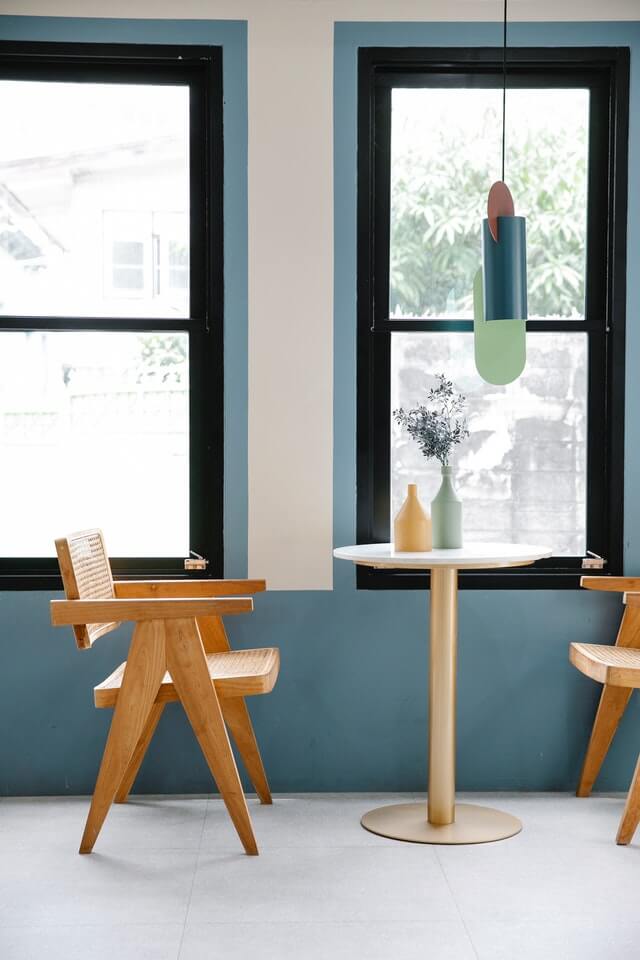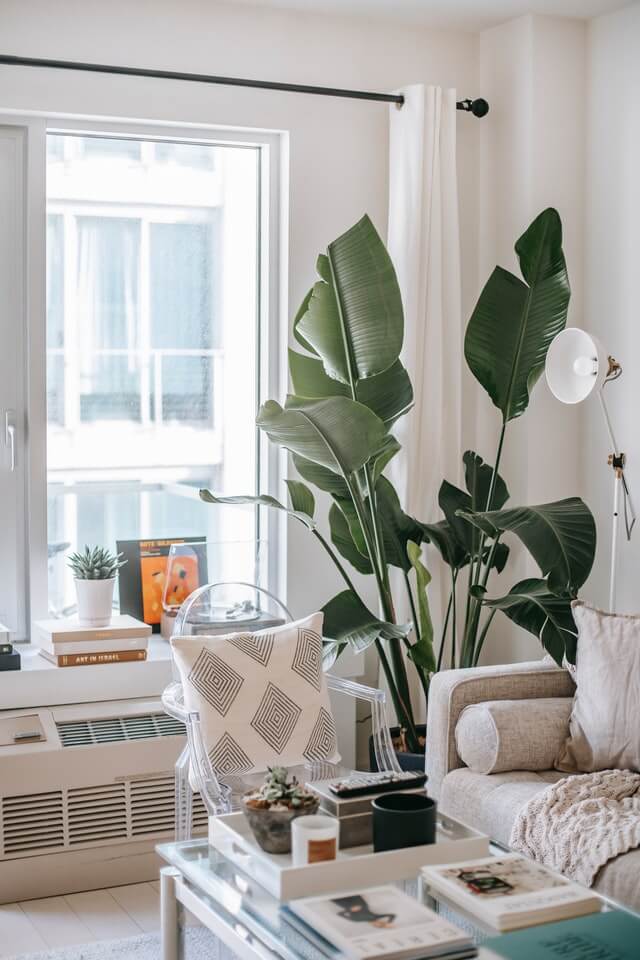
Using Design Elements in Your Home
When it comes to coming up with interior design ideas for our home, we should look at it as a blank canvas. But sure, a blank canvas can be scary sometimes as is interior design. After finishing, people say the hardest part was getting started. One reason being of all the options to consider: space, line, form, light, colour, texture and pattern. By balancing these elements of design, you can create a functional and aesthetically pleasing interior. Let’s take a look at the different elements of design.
1. Getting your space right when designing your interior
Space is the area that you have to play with. It’s important to look at the space between furniture. Ensure that the possessive and negative space is balanced well throughout the room.
Positive space – this refers to the space where you put your furniture and other objects.
Negative space – is the empty space left between. This is equally important to consider. You need to ensure you have an easy passage to move through the room without tripping over any clutter.
It’s easy to get caught up on the furniture you want, without thinking about the negative space. But it is vital to get this right. If you have too much negative space you could end up with a room that doesn’t feel homely but unfinished. Getting this right, however, will give the feeling of a more spacious living area. The same goes for positive space. Too much can make your room feel overcrowded which can also affect your mood.
The general rule of thumb when organising your space is that:
- passageways should be 1 meter wide
- space between furnishings should be 50cm
Remember that design is objective and that each person will have their own preferences. It is your home so do what feels right to you.
2. How lines impact your interior design ideas
Lines are everywhere in our home. They are created by our furniture but also by the building itself. Furniture lines can have a huge influence on the feel of your home. If used correctly, they can be used to accentuate focal points but used wrongly can create a sense of chaos.
Horizontal lines such as those created by a desk, beams or table can create a feeling of stability in a room. It also has the power to make the room feel more spacious. While vertical lines, such as doorways or a feature fireplace, can make a room’s ceilings feel higher. Working with furniture of different heights will draw the eye to different levels of the room. This creates the illusion of a bigger room because you aren’t only using the space on ground level.
Dynamic lines are found throughout the house. For instance, the bannisters on your stairs. This can also be added through soft furnishings. It adds personality, allowing you to take on your own artistic licence, making your home your own.
3. Choosing form when looking at your interior design ideas
Form refers to the shapes you find within your home. Whether it be the room itself or furnishings and objects you have chosen. The types of shapes can be broken down into two groups:

Geometric: these have hard lines and angles. They are often man-made objects made from wood, metal or plastic.
Natural: objects are softer shapes, sometimes curved. Some can open and close while others look like they could have been created by nature.

4. Consider light when arranging your interior
Light comes in two forms natural and artificial.
Natural light as you know comes from the sun. Because of this many people think that the amount of natural light in your home is what it is and cannot be altered. Well, it can, both negatively and positively. Hanging heavy curtains on either side of your window naturally overlap the edges. This partially blocks precious light from your room. Having odd-shaped rooms can sometimes mean that you have dark corners. This can be rectified by simply hanging a mirror in the right place to redirect the light.
Artificial light comes in many forms from side lamps to overhead lighting but they all impact the overall ambience within your home. By adding side lamps you can create a cosy evening atmosphere. The same goes for adding dimmer switches to overhead lights. Choosing the right lighting to counteract the dull winter days is also important.
5. Adding colour to make your rooms pop
Choosing the right colour can impact both how your room feels and the effect it has on your mood being there. By looking at the feng shui colour definitions you can make your space perfect for your and its use.
6. The use of texture when planning your interior design
Texture adds to a room both visually and because of the way it feels. We are often choosing texture without evening thinking about the fact that’s what they are. For example, when you are choosing a carpet or a wooden floor. Choosing one over the other will give a completely different look and feel to your space. Although, mixing these up can create contrast and depth in your overall interior design.
Related articles: Choosing the best garden furniture • 5 tips for a small garden layout • Basic Feng Shui for your home • The significance of color in Feng Shui • Regular garden maintenance • How cashback websites really work
Last updated: July 6, 2023 by The Backify Team
 Back
Back